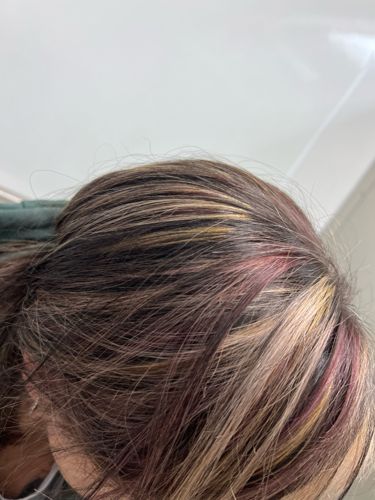Lice
Scientific Name: Pediculus humanus capitis (head lice), Pediculus humanus humanus (body lice), Pthirus pubis (pubic lice)
Order & Family: Phthiraptera (lice); Pediculidae (head/body lice), Pthiridae (pubic lice)
Size: 1-3 mm

Natural Habitat
Found on the hair and skin of human hosts (head, body, or pubic regions), attaching eggs (nits) to hair shafts or clothing fibers.
Diet & Feeding
Feeds exclusively on human blood several times a day.
Behavior Patterns
Lice are obligate parasites, meaning they cannot survive long off a host. They spread primarily through direct head-to-head (or body-to-body) contact, or through shared personal items like combs, hats, or bedding. They lay eggs (nits) which hatch within 7-10 days, and nymphs mature into adults in about another 7-10 days. The entire life cycle usually takes about 3 weeks.
Risks & Benefits
Potential risks include intense itching, skin irritation, and secondary bacterial infections from scratching. They do not typically transmit diseases in the way mosquitoes or ticks do. There are no known benefits to humans or the ecosystem.
Identified on: 10/30/2025